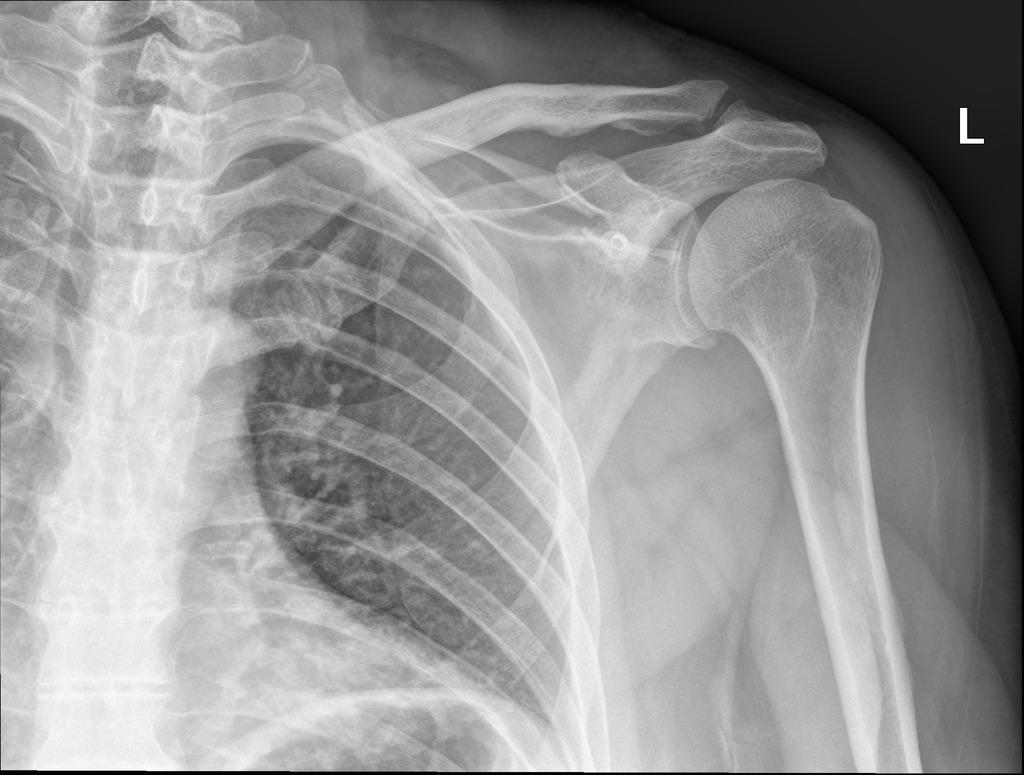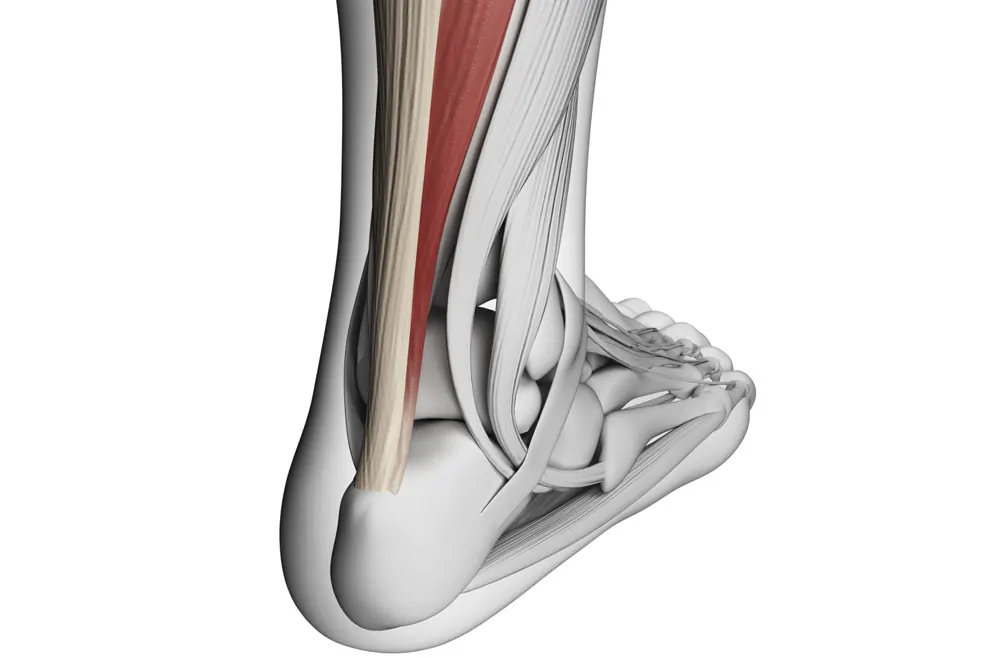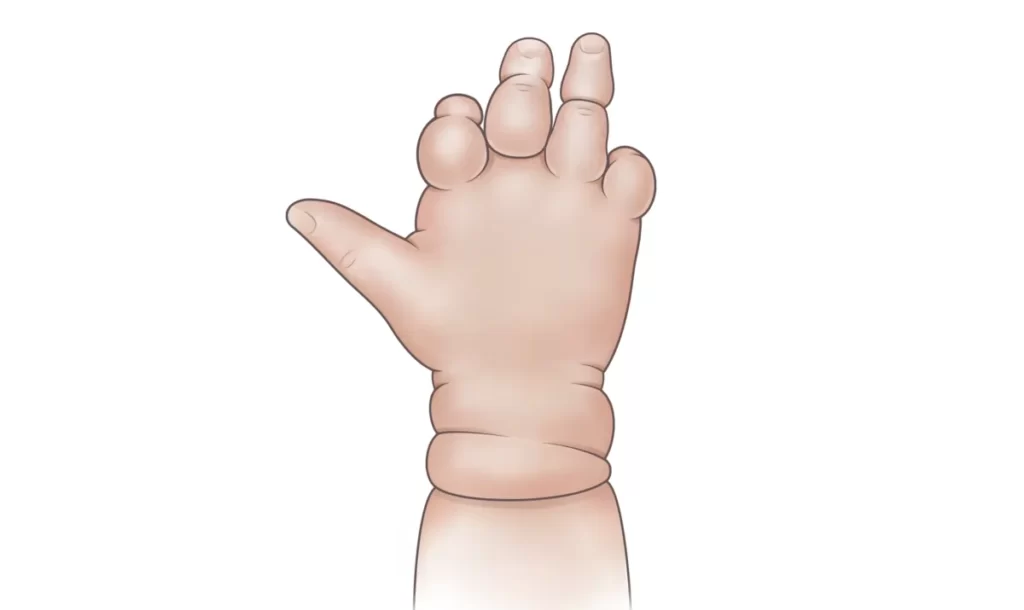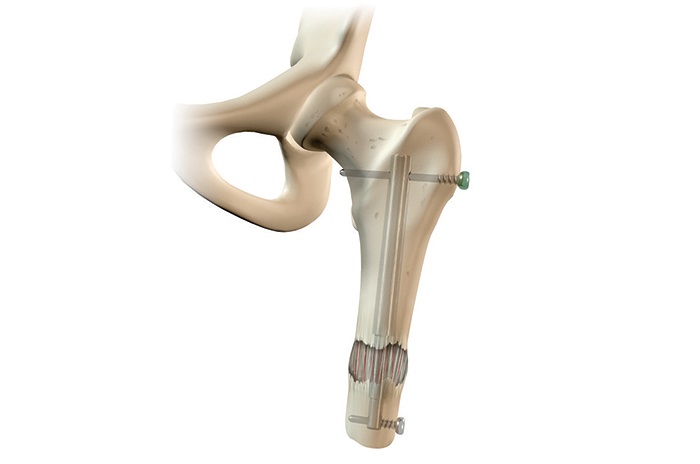Introduction: Understanding Shoulder Fractures
Shoulder bone fractures, a common health issue, are the subject of this article. Our aim is to familiarize you with these types of fractures and their treatment methods. Dealing with this problem can happen to anyone, and knowing how to handle it is important.

The Structure of Bone and Its Importance in the Body
Bones, serving as the body’s main skeleton, play a vital role in its structure and strength. These robust and resilient areas are crucial in maintaining balance and performing daily activities. Therefore, fractures in these parts can be highly damaging and painful, significantly impacting an individual’s quality of life.
Shoulder Bone Fracture
The shoulder bone, due to its specific position in the body, is less prone to fractures. However, when a fracture does occur, it limits the individual’s ability to perform daily activities. This section discusses the symptoms and methods of diagnosing shoulder bone fractures, enabling readers to take prompt action if they encounter such a situation.
Diagnosing Shoulder Bone Fracture: How to Understand if Our Shoulder Bone is Broken?
Location and Characteristics of the Shoulder Bone
The shoulder or scapula is a triangular-shaped bone located at the top of the back, on both sides of the body. It connects the upper arm bone, collarbone, and chest. Strong muscles around it assist in smooth and comfortable movement.
Prevalence and Causes of Shoulder Bone Fracture
Shoulder bone fractures are less common than other body fractures. According to the American Association of Orthopedic Surgeons, less than 1% of annual fractures in the United States are related to the shoulder bone. These fractures usually occur due to severe impacts such as accidents and falls from great heights.
Vulnerable Areas of the Shoulder Bone: Which Regions are More Prone to Fractures?
Fracture of the Shoulder Body
The body of the shoulder, being the largest part of the shoulder bone, is more prone to fractures. This information is based on the research from the orthopedic textbook “Wheeles” and teachings at Duke University’s Department of Orthopedic Surgery.
Fracture of the Shoulder Neck
The neck of the shoulder, a narrow area below the shoulder cavity connecting to the upper arm bone, is the second most common area for fractures. It is crucial to take care of this part.
The Glenoid Area of the Shoulder
The glenoid, a cavity where the upper arm bone connects to the shoulder, is also prone to fractures, though these are rarer.
Acromion Area of the Shoulder
The acromion, the highest part of the shoulder bone that connects to the collarbone, is less susceptible to fractures.
Coracoid Area of the Shoulder
The coracoid, a hook-like bone that connects the shoulder to the collarbone, has the least likelihood of fracturing.
Diagnosing Symptoms of Shoulder Bone Fracture Key Symptoms of Shoulder Fracture
After understanding the vulnerable areas of the shoulder bone, we will discuss identifying key symptoms of a fracture in this vital area. Common symptoms of a shoulder fracture include:
- Severe pain when moving the arm
- Inability to lift the arm above the head
- Swelling, bruising, and skin abrasions on the back of the shoulder bone
The Importance of Seeing a Doctor
If you experience any of these symptoms, you should immediately consult a shoulder specialist to prevent further damage.
Causes of Shoulder Bone Fracture Most Common Reasons for Fracture
Shoulder fractures are typically rare, occurring mostly due to severe impacts. The most common causes of shoulder fractures include:
- Falling onto an outstretched arm: This situation occurs when a person extends their arms to protect the rest of the body during a fall, which can exert intense pressure on the shoulder bone and cause a fracture.
- Severe impacts: Shoulder fractures usually result from severe impacts such as car or motorcycle accidents, falls from heights, or collisions with heavy objects.
Treatment of Shoulder Bone Fracture Surgical Treatment
In cases of severe fractures or displaced bones, surgery may be necessary. This procedure involves reconstructing the bones and securing them with screws and metal plates. After surgery, rest and physiotherapy are essential for full recovery.
Non-Surgical Treatment
Many fractures can be treated without surgery. In these methods, a doctor may use a sling to keep the shoulder in place and recommend physiotherapy to increase mobility and reduce pain. The use of a sling usually continues until there is a decrease in pain and an increase in shoulder mobility.
Frequently Asked Questions About Shoulder Bone Fracture
Is Post-Recovery Care Necessary for a Shoulder Fracture?
Yes, even after recovery, it is necessary to take care of your shoulder and avoid putting undue pressure on it.
What is Recommended for Post-Recovery Care?
Using a sling for 4 weeks is recommended. Using ice packs to reduce swelling and avoiding lifting heavy weights are essential. Continuing physiotherapy sessions under the supervision of your orthopedic doctor is also important.
Is it Possible to Treat a Shoulder Fracture Without Surgery?
Depending on the type and severity of the fracture, sometimes non-surgical treatment is possible. Treatment may include using a sling and undergoing physiotherapy.
How is a Shoulder Fracture Diagnosed from a Bruise?
One of the simplest ways to distinguish a shoulder fracture from a bruise is to pay attention to the level and severity of pain. Severe pain when lifting objects can be a sign of a fracture.
Conclusion:
Shoulder Bone Fracture and Treatment Methods Importance of the Shoulder Bone
The shoulder bone is a vital part of the body, playing a crucial role in supporting and connecting other body parts. While robust, it can be susceptible to serious injuries.
Symptoms and Treatment of Shoulder Bone Fracture
We have examined various symptoms of a shoulder fracture and how to treat it, whether through surgery or without the need for surgery. Paying attention to these symptoms and following the appropriate treatment can help in reducing pain and quicker recovery.
We hope you never face such serious health issues and always remain in good health and wellness.
Limb lengthening center of Iran – Contact us through WhatsApp



